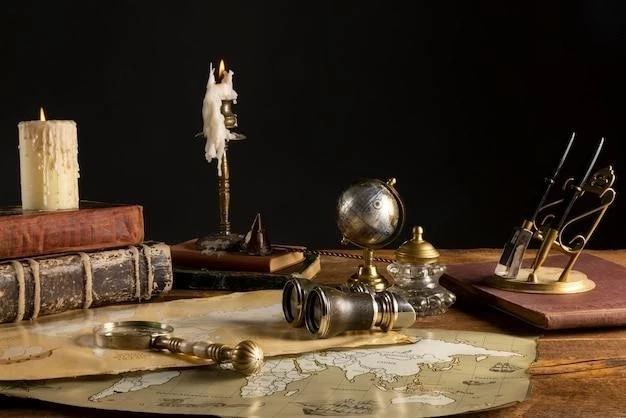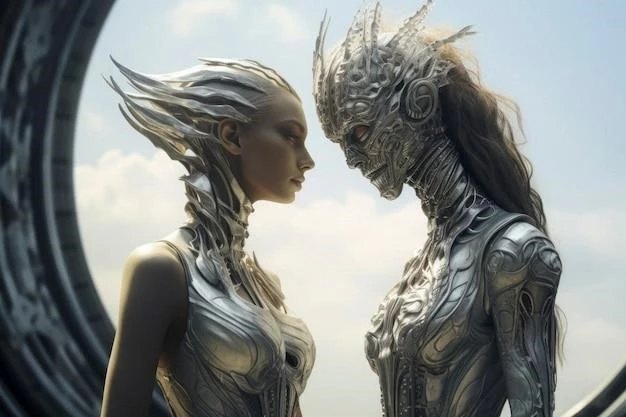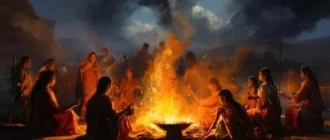Myths and Legends: Fact or Fiction?
Throughout human history, every culture has developed its own unique mythology. From the ancient Greeks to the indigenous tribes of the Americas, myths and legends have served as a way to explain the unexplainable, pass down cultural values, and entertain audiences for generations. But how much of what we consider “myth” is based in reality? This article delves into the intriguing world of myths and legends, examining their origins, their purpose, and the possibility of separating fact from fiction.

The Genesis of Myths and Legends
Myths and legends often arise from a combination of factors, including:
- Attempts to Explain the Natural World: Before the advent of science, humans sought explanations for natural phenomena like storms, earthquakes, and the cycle of day and night. Myths provided answers, often attributing these occurrences to the actions of gods, goddesses, or other supernatural beings.
- Cultural Values and Beliefs: Myths frequently reflect the values and beliefs of the society from which they originate. For example, stories about brave warriors and wise rulers might reinforce the importance of courage and leadership within a culture.
- Historical Events: Some myths and legends may have their roots in actual historical events, albeit embellished and exaggerated over time. A real battle, for instance, could transform into a legendary epic with heroic deeds and mythical creatures.
- Human Imagination and Creativity: Humans are natural storytellers. Myths and legends provided an outlet for imagination and creativity, allowing people to explore fantastical worlds and impossible scenarios.
Myths as Metaphors and Allegories
While it can be tempting to dissect myths and legends literally, it’s crucial to remember that they often function as metaphors or allegories. Rather than presenting factual accounts, they convey deeper meanings and truths about the human condition.
For example, the Greek myth of Pandora’s Box is not necessarily a literal account of a woman opening a container filled with evils. Instead, it serves as a cautionary tale about the dangers of curiosity and the unintended consequences of our actions. Similarly, the legend of King Arthur, regardless of whether a historical Arthur existed, explores themes of courage, justice, and the struggle between good and evil.
The Challenge of Unraveling Fact from Fiction
Determining the historical veracity of myths and legends is a complex and often impossible task. Over centuries, stories are passed down through generations, often orally, leading to inevitable alterations and embellishments. Separating historical kernels from layers of myth requires careful analysis and a healthy dose of skepticism.
Archeological discoveries can sometimes provide evidence to support the historical context of a myth. For instance, the discovery of the city of Troy lent credence to Homer’s epic poems, the Iliad and the Odyssey, suggesting that they were based on actual events, even if heavily mythologized.
Geomythology: Exploring the Earth’s Influence on Myths
An emerging field known as geomythology examines the relationship between geology and mythology. It suggests that dramatic geological events, such as volcanic eruptions, earthquakes, and floods, may have inspired certain myths and legends. For example, the story of the Great Flood, found in numerous cultures worldwide, could have originated from ancient memories of catastrophic floods.

The Enduring Power of Myths and Legends
Despite the challenges of separating fact from fiction, myths and legends continue to captivate our imaginations. They provide insights into different cultures, explore universal themes, and offer timeless stories that resonate with audiences even today. Whether we view them as historical accounts, allegorical tales, or simply entertaining narratives, myths and legends remain a powerful testament to the enduring power of human storytelling.
Conclusion
The question of whether myths and legends are fact or fiction is not easily answered. They exist in a realm between history, culture, and imagination. While some may contain grains of historical truth, their primary value lies in their ability to convey deeper meanings, reflect cultural values, and offer enduring stories that continue to fascinate and inspire us. So, the next time you encounter a myth or legend, embrace the mystery, ponder the symbolism, and appreciate the enduring power of these timeless tales.










